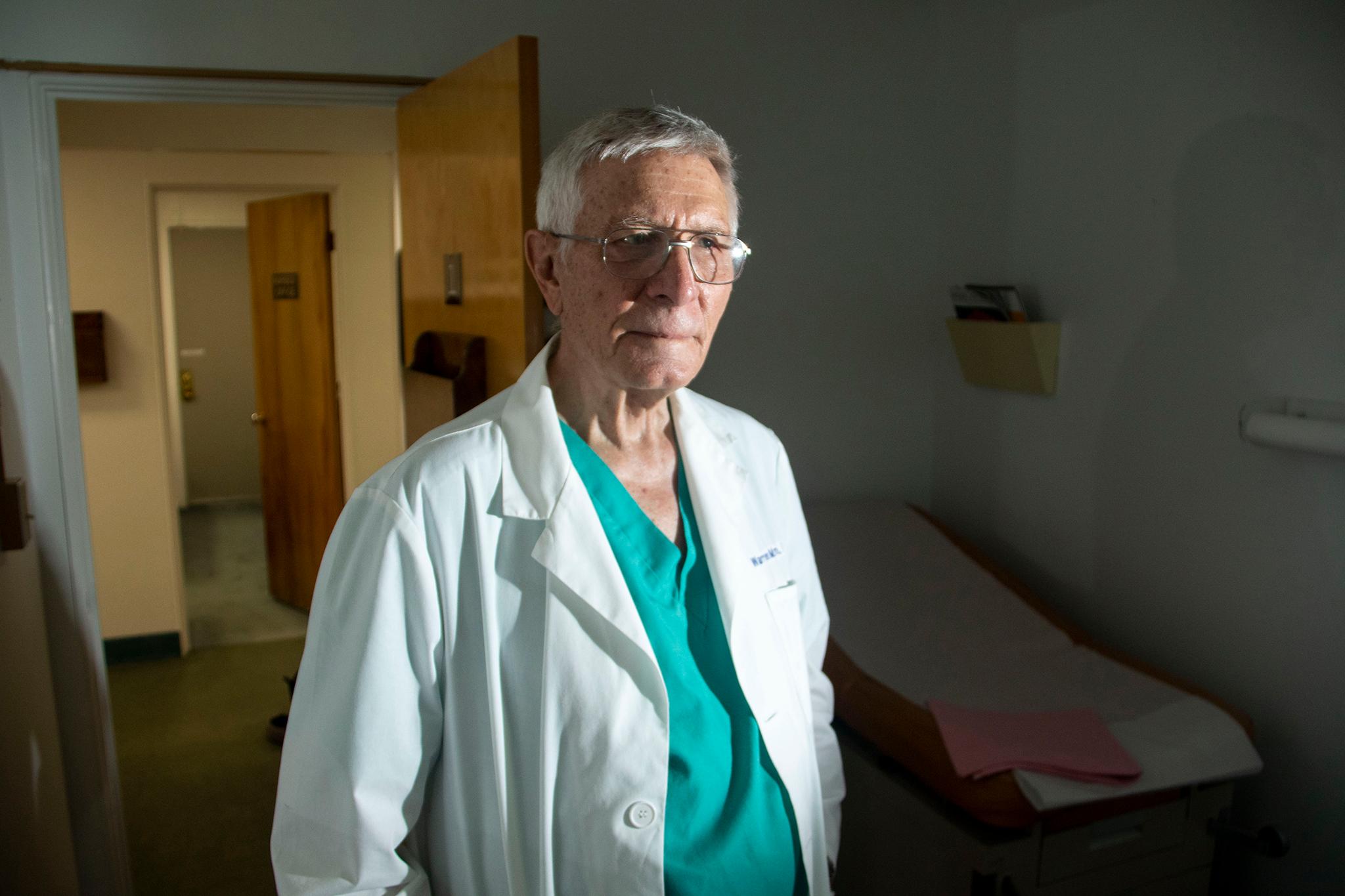
Colorado’s employers are still struggling to find qualified workers, a challenge that’s expected to grow as the number of retirees accelerates, high school graduation rates plateau, and budgets tighten for the post-secondary programs that employers say are vital to producing the graduates they need.
The 11th annual Talent Pipeline Report released Wednesday analyzes and explains the latest labor market information, shifts in job demand, top jobs and the state strategy to fill those jobs. The report is produced by the state agency the Colorado Workforce Development Council in partnership with a number of other state agencies.
In 2023, the state’s job market slowed slightly. There were 49,000 new jobs created, about 2,800 fewer jobs created than the prior year.
And, the number of job openings per unemployed worker dropped — from 2.8 in 2023 to 1.2 in August 2024, the same as the national average. However, job postings still outpace the total number of people who are unemployed in the state, and employers say that is at least partially attributable to not being able to find qualified workers.
The government sector added the most jobs between June 2023 and June 2024, followed by private health care and social assistance, as well as professional and technical services. In the previous year, accommodation and food service was the top growing sector followed by government and professional, scientific and technical services.
Continued pressure on the labor market
The report says Colorado employers are concerned about finding qualified employees now and in the future.
Over the next 10 years, the state expects 400,000 people to retire. Less migration to the state and a declining high school population in the coming decade will compound the problem.
Employers have another challenge: Many workers, especially younger ones, are changing jobs. In the second quarter of 2024, Colorado ranked second in the nation behind Alaska in terms of job turnover. Nearly 80 percent of workers currently working in person have considered changing to a role that lets them work remotely.
What are Colorado’s top jobs?
The state defines “top jobs” as those in high demand that provide a living wage. Tier 1 jobs can support a family of three, and pay at least around $84,500 a year. Tier 2 jobs can support one adult and pay at least $51,600 a year.
Last year there were 62 Tier 1 job categories in the state and 119 Tier 2 jobs. Lingering inflation and the high cost of living in Colorado have made several job categories fall off the “top jobs’ list.
“Largely that happens because wage gains cannot keep pace with the cost of living,” said Britta Blodgett with the Colorado Workforce Development Council. “It's not that those jobs are paying less than they were but that the benchmark for a living wage has increased.”
The state anticipates the biggest future job openings will come in business and finance operations, construction and extraction, computers, health care, and sales.
But there are new jobs on the “top jobs” list. New Tier 1 jobs include cartographers, bioengineers, aerospace technologists, dental hygienists and surgical assistants. New Tier 2 jobs include tax examiners, clinical and counseling psychologists, accountants and roofers.
Most new job titles added this year are linked to STEM, health care and social assistance roles, like vocational rehab services and child daycare. Notably, creative industries added several new job titles to the Tier 2 list including museum technicians, graphic designers, and public relations specialists.
The report also highlights an emerging sector, the quantum computing sector, which anticipates 11,000 new jobs, half of which won’t require advanced degrees. Average jobs in this field pay more than $125,000.
Workers in Colorado will need post-secondary credentials
The report underscores that the key to economic development in Colorado will be increasing investment in post-secondary education. On average, 77 percent of people who complete post-secondary education or training stay in Colorado.
Ninety-five percent of Tier 1 top jobs and 62 percent of Tier 2 top jobs required post-secondary education or training in 2024. The vast majority of the highest-paying jobs require a bachelor’s degree. It’s still the single most required prerequisite for a Tier 2 job as well, but increasingly more of those jobs are accepting short-term, non-educational degree credentials.
The report says Colorado must dramatically accelerate the number of people with post-secondary credentials to meet employer demand.
“It’s up to us to make sure we produce that talent,” said Angie Paccione, executive director of the Colorado Department of Higher Education.
Here’s why: By 2031, three-quarters of all job openings will be for workers with some type of post-secondary credential. Roughly 30 percent of these jobs are expected to require a bachelor’s degree. That puts Colorado second in the nation for that projected demand.
In fact, Colorado is one of the four states expected to have the lowest share of jobs for workers with only a high school diploma or less education in 2031, according to Georgetown University data.
What’s the situation now? In 2022, 63 percent of Coloradans had a post-secondary credential. To boost this level by a minimum of 5.5 percent by 2034, Colorado’s post-secondary education and training providers would need to supply an additional 38,000 credential recipients over the next 10 years.
At the same time, Gov. Jared Polis has recommended just a slight increase of $12 million in this year’s budget for colleges.
What’s the strategy to close labor market gaps?
The state has passed a number of pieces of legislation to increase affordability for Coloradans entering and returning to post-secondary education and to connect Coloradans to work, including tax credits and help translate uncompleted college work into associate degrees.
The state is placing intense focus on apprenticeship programs and work-based learning. Students who complete an internship during college are 49 percent less likely to be underemployed after earning their bachelor’s degree, according to the report.
More than 5,000 Coloradans are participating in a reskilling, upskilling program. Those have an 81 percent completion rate.
The state also has a goal that by 2029, every high school student has either earned an in-demand certification, or some college credit or workforce experience before graduating.
“When students are involved in those meaningful work-based experiences, it's not for somebody else, it's for themselves, it's for their future,” said Susana Córdova, the state’s commissioner of education.
The state will launch seven regional talent summits to hear from business leaders to ensure their workforce needs are being met. Several programs are also underway to connect to jobs some of the 1.5 million Coloradans who are not currently in the labor force.
“How do we engage people with disabilities more in the workforce? How do we engage our incarcerated populations in the workforce? Where are those people that aren't currently fully participating that we can engage them in the workforce?” said Joe Barela, executive director of the state’s Department of Labor.









